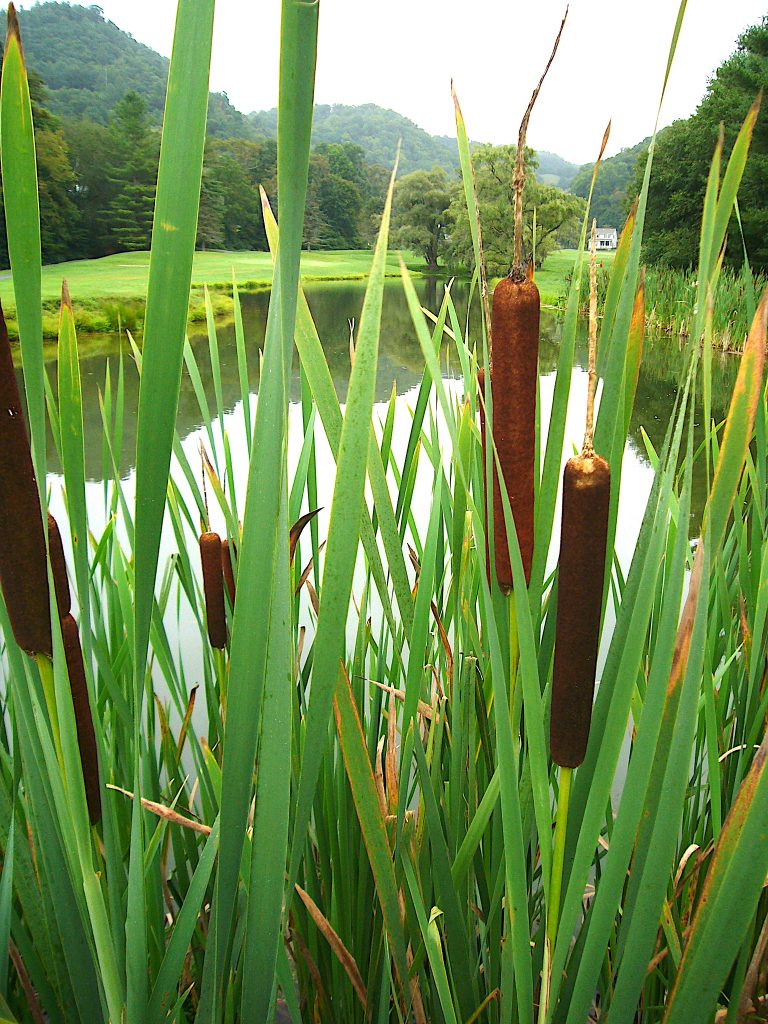
If you were starving and came upon a patch of cattails you would have great cause for celebration. You have found food, and water. You will survive. But if you are not starving and do not have all the time in the inter-connected world you just might find cattails highly overrated.
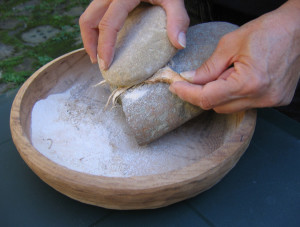
It is true that no plant can produce more starch per acre than cattails, about 3.5 tons under cultivation. And it can produce a lot of starch economically if you can mechanize the extraction. But hand extraction is time consuming and labor intensive. It is also wet, smelly work all of which can be worsened significantly by harvesting in cold weather. So yes, cattails are food but the time demand is such that harvesting food has to be your prime occupation.
A similar argument can be made for kudzu. The roots do have edible starch but it takes a gargantuan amount of work to get the starch out, literally hours of steady pounding. It is not a calorie positive activity. It moves you closer to starvation. But, mechanize the process with some hammers run by falling water — or hammers run by a horse fed on an endless supply of grass — and it becomes a reliable calorie-positive food.
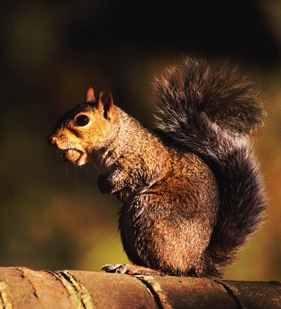
Just how good are these wild “staples” came up in a foraging class this weekend when it was asked why did the Native Americans eat acorns when they need so much processing? There can be several answers. One is the natives had no choice and they had a lot of time to process acorns. It was their 9-to-5 job, so to speak. Another is acorns are nutrient dense and have fat which is not only nice but essential to have if you can’t run down a buffalo. A third answer is variety. The menu only changed with the season so variety was important. One could also add that acorns, if cared for, store well for a few years making a food bank one could rely on.
All these foods if approached efficiently are calorie positive. But,they take time and calories to make edible. Another variable is whether the food is for one on the run or for a group in a settled situation. It makes a difference. Personally I look for shortcuts. I roast the cattail root reducing the labor and time needed significantly. I look for Live Oaks (white oaks) that have acorns with minimal tannin thus requiring less work. And I reduce that work by crushing the nutmeat in an oil expeller first. This extracts the oil and mashes up the acorns so they leach faster and more completely. Having a nutsheller to shell them also reduces hours of work down to minutes. As for kudzu I look for little roots the size of my fingers, or I feed the leaves to goats and let them turn it into something easier to work with, such as milk.
Some wild food requires little work some a lot. Much of what comprises success with wild foods is knowing the difference and the most efficient way to harvest a particular food. Still interested? Here’s an article on “wild’ flours.
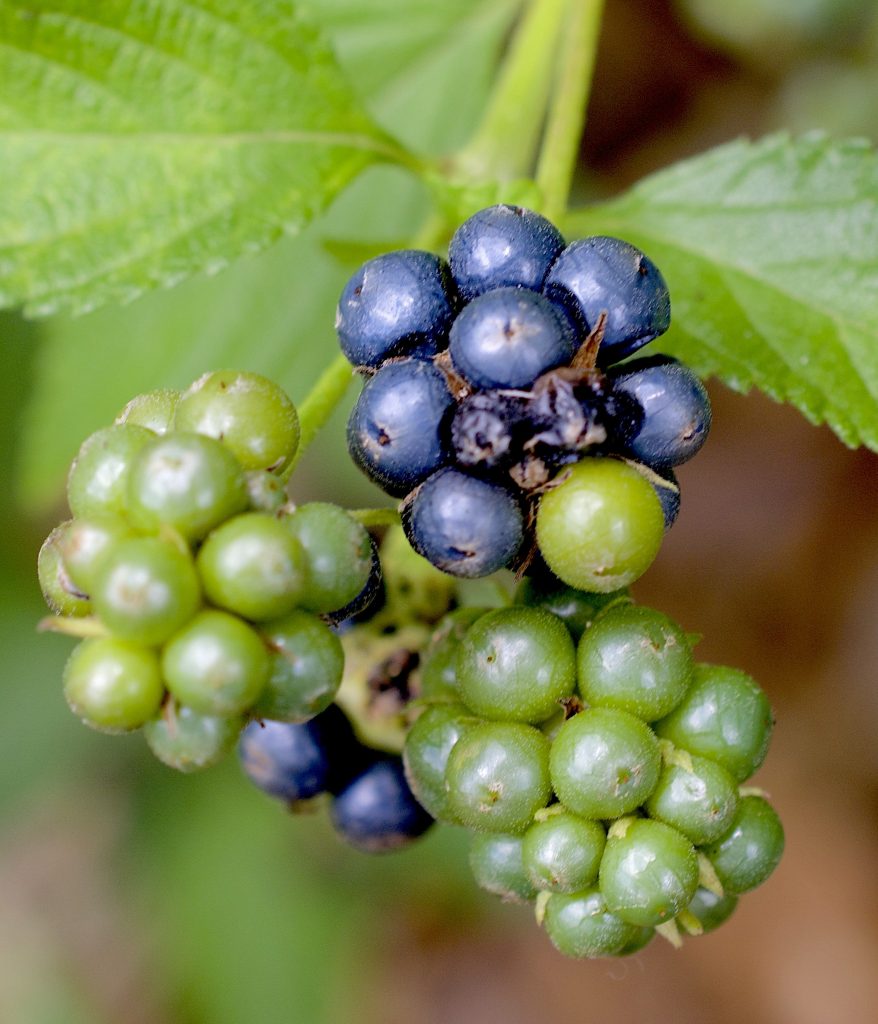
While seasonal changes are not as dramatic in warmer climates we definitely do have them regarding plants. Pellitory is all but gone for the season. We shouldn’t smell its cucumber-like aroma again until Thanksgiving or so. Sow Thistles are reaching the end of their season as well. Most are past the stage of eating. On the gangbuster side are Blackberries and Creeping Cucumbers. Blackberries will be done soon but the mouse cucumbers will keep on producing until a fall frost, freeze or the really short days of the winter solstice. Dare I also mention we are getting a huge crop of Black Nightshade berries, Solanum americanum. I have yet to make a pie out of them — I really don’t like to bake — but I eat the berries all the time as a trailside nibble. Just make absolutely sure they are ripe. And in reference to ripe our Lantana berries are starting to ripen but are toxic when green. You want them dark, metalic blue.
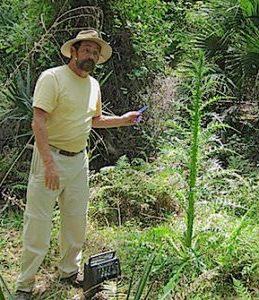
My foraging classes this weekend (May 25/26 2019) are mid-state and west coast, Orlando and Largo (north of St. Petersburg.) Blanchard presents a wide variety and in Largo one is never sure of what one will find. It has large array of natives, escapees and plants that come with civilization.
Saturday, May 25th, Blanchard Park, 10501 Jay Blanchard Trail, Orlando, FL 32817. 9 a.m. to noon. Meet next to the tennis courts by the YMCA building.
Sunday, May 26th, Eagle Park Lake, 1800 Keene Road, Largo, FL 33771. 9 a.m. to noon. Meet at the pavilion near the dog park.
Saturday, June 1st, Bayshore Live Oak Park, Bayshore Drive. Port Charlotte. 9 a.m. to noon. Meet at the parking lot at the intersection of Bayshore Road and Ganyard Street. 9 a.m. to noon.
Sunday, June 2nd, Wickham Park: 2500 Parkway Drive, Melbourne, FL 32935-2335. 9 a.m. to noon.Meet at the “dog park” inside the park.
Saturday June 8th, Wekiva State Park, 1800 Wekiwa Circle, Apopka, Florida 32712. 9 a.m. to noon. Arrive early as there will be a lot of people wanting to go to the springs to swim. There is a park admission Fee: $6 per vehicle. Limit 8 people per vehicle, $4 for a single occupant vehicle, $2 pedestrians or bicyclists. Meet at the Sand Lake parking lot (road on left after entrance. Go to end of road.) Unlike city parks or the urban area, Wekiva Park is “wild” Florida. There are very few weeds of urbanization. The edibles are mostly native plants and far between. There is a lot of walking in this class.
Sunday, June 9th, Red Bug Slough Beneva Road, Sarasota, FL, 34233. 9 a.m. to noon. Meet at the parking lot.
Saturday, June 15th, Eagle Park Lake, 1800 Keene Road, Largo, FL 33771. 9 a.m. to noon. Meet at the pavilion near the dog park.
Sunday, June 16th, Ft. Desoto Park, 3500 Pinellas Bayway S. St. Petersburg Fl 33715. Meet at the parking lot of the fishing pier, northeast end of the parking lot. 9 a.m. to noon. There is a fee to get into the park. The fishing pier is about halfway along the SW/NE road along the southern end of the park. There is only one fishing pier. This is also father’s day so perhaps you can go fishing or swimming after class. High tide is at noon that day at the park. Also that evening at 7:15 pm. there is a “shoot the full moon” event at the park. It is to watch the full moo16n rise between the Sunshine Skyway Spans.
Saturday, June 22nd, Blanchard Park, 10501 Jay Blanchard Trail, Orlando, FL 32817. 9 a.m. to noon. Meet next to the tennis courts by the YMCA building.
Sunday, June 23rd, Spruce Creek Park, 6250 Ridgewood Ave. Port Orange, 32127. GPS: N 20°05’35.4″ W080°58′.26.2″ 9 a.m. to noon. Meet at the pavilion.
Saturday June 29th: Ft. Meade Outdoor Recreation Area, 1639 Frostproof Highway, Fort Meade, FL 33841. (Frostproof Highway is also Route 98.) 9 a.m to noon. Meet at the brown bathrooms in the middle of the park which is due south from the highway. (Not the tan bathrooms near the intersection.)
Sunday June 30th, John Chestnut County Park: 2200 East Lake Road, Palm Harbor, FL 34685. 9 a.m. to noon. Meet at the trail head of the Peggy Park Nature Walk, pavilion 1 parking lot, inside the park.
Saturday, July 13th, Sunday July 14th, 1624 Taylor Road, Honea Path, South Carolina. Ever want a class with Green Deane but he never seems to come to your neck of the woods? Then mark mid-July on your calendar. Green Deane will have at least four foraging class in Honea Path. Times 9 a.m. and 1 p.m. both Saturday and Sunday, rain or shine (except hurricanes.) Cost is $30 per adult, supervised children free. All of Green Deane’s classes are hands on, walking outside over two to three hours. Wild edible plants, medicinals and perhaps a mushroom or two will be on the agenda. For more information you can contact Putney Farm on Facebook or Green Deane at GreenDeane@gmail.com.
Saturday, July 20th, Blanchard Park, 10501 Jay Blanchard Trail, Orlando, FL 32817. 9 a.m. to noon. Meet next to the tennis courts by the YMCA building.
Sunday, July 21st, Dreher Park, 1200 Southern Blvd., West Palm Beach, 33405. 9 a.m to noon. Meet just north of the science center in the north section of the park.
To learn more about the classes go here.
Gopher apples don’t travel well. In fact, Gopher apples don’t look well, either. About the size and shape of a large olive they are pink, pasty, soft and best eaten right off the bush. Don’t put them in your pocket! Gopher Apples are blossoming abundantly. Their season can fluctuate a lot. It’s not unusual in most years to find edible Gopher Apple by this time of year. And while Gopher Apples are usually low-growing, less than a foot tall, I have seen them a yard high. They often look like young oaks. You can read more about Gopher Apples here.

Donations to upgrade EatTheWeeds.com have gone well. Thank you to all who have contributed to either via the Go Fund Me link, the PayPal donation link or by writing to Green Deane POB 941793 Maitland FL, 32794.

Want to identify a plant? Looking for a foraging reference? Do you have a UFO, an Unidentified Flowering Object you want identified? On the Green Deane Forum we chat about foraging all year. And it’s not just about warm-weather plants or just North American flora. Many nations around the world share common weeds so there’s a lot to talk about. There’s also more than weeds. The reference section has information for foraging around the world. There are also articles on food preservation, and forgotten skills from making bows to fermenting food. One special section is “From the Frightening Mail Bag” where we learn from people who eat first then ask questions later. You can join the forum by clicking on “forum” in the menu.
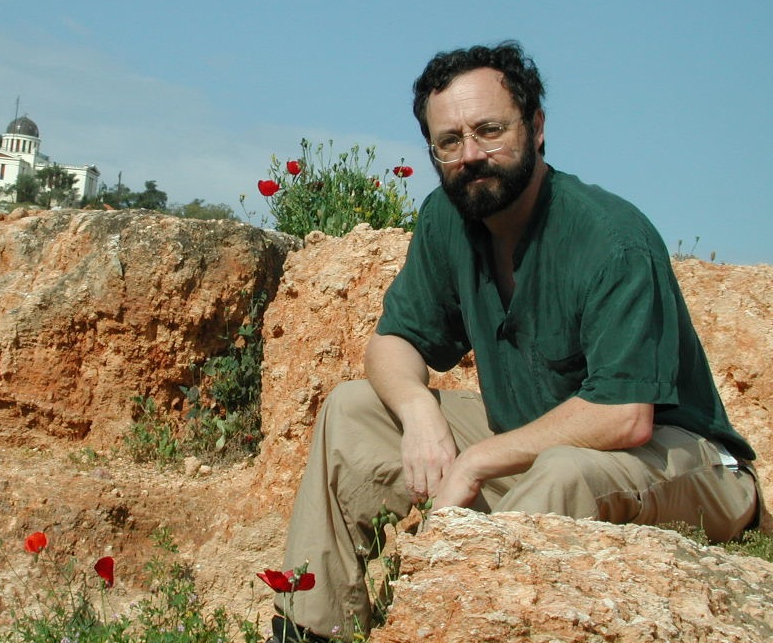
All My Videos are available for free on You Tube. They do have ads on them so every time you watch a Green Deane video I get a quarter of one cent. Four views, one cent. Not exactly a large money-maker but it helps pays for this newsletter. If you want to see the videos without ads and some in slightly better quality you can order the DVD set. It is nine DVDs with 15 videos on each for a total of 135 videos. Many people want their own copy of the videos or they have a slow service and its easier to order then to watch them on-line. The DVDs make a good gift for that forager you know especially as spring is … springing. Individual DVDs can also be ordered or you can pick and choose. You can order them by clicking on the button on the top right hand side of this page (if your window is open wide enough.) Or you can go here.
This is weekly issue 356.

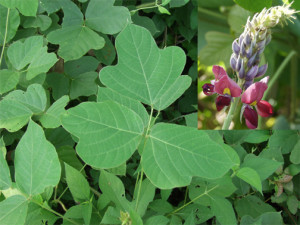

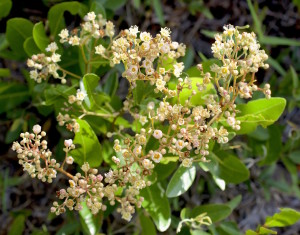

I get the acorn question in my classes all the time. And I disagree completely with the question. I do not find it that much work at all to process acorns into food. Try processing rice or oats, and most grain. Nobody says our ancestors were desperate for eating these foods.
Cattails-on-the-cob are my favorite wild edible. Their ripe-time is short in late winter or early spring (or almost non-existent the past couple years), and you have to find them while they are still hidden among the cattail leaves. The part to eat is the green pollen spike that appears before the brown “cattail”. It was the one wild food my children would actually get the canoe out and go gather, because they like them, too. Peel off the “shucks” and simmer them for a few minutes like corn on the cob. (Yes, preparing the roots is another story.)
I thought Lantana berries were always toxic (?)… is it just “camara” that’s edible when ripe?
It’s Lantana camara which has multiple-colored blossoms.
Thank you so much for the Nightshade entry. I have this weed and have diligently torn it out for years. I always wondered what it was. YEA, another edible to add to the list. However, after reading this post I went out and tried the shiny black berries and I can’t say they were anything to rage about. Almost had an after taste that was medicinal. Also however, I’m here the next day to write this.
Thanks again